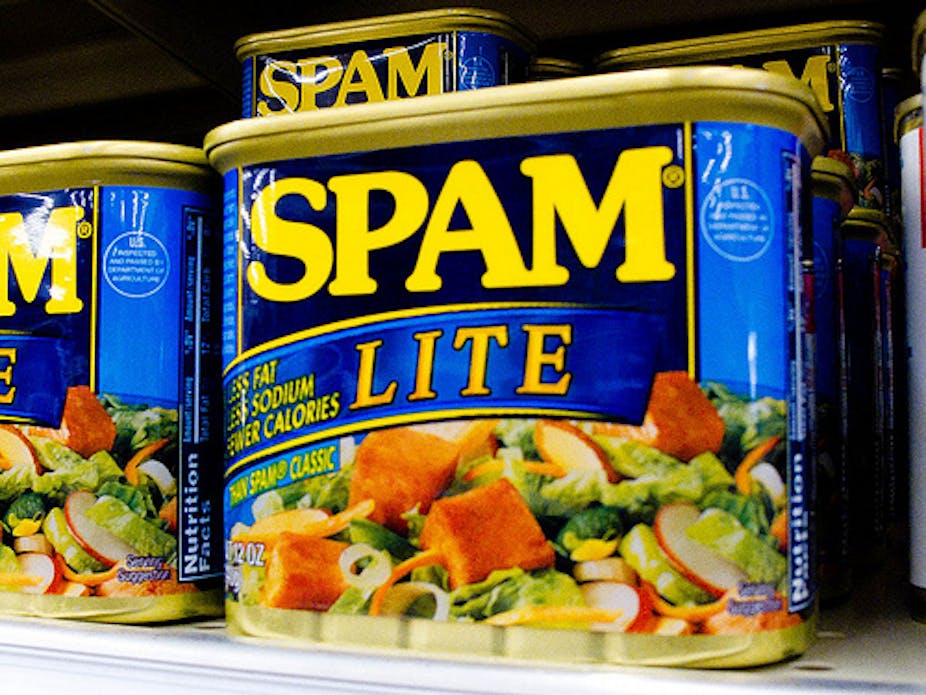How much can you believe about claims made on food packaging? For any mention of the word “light” or “lite”, feel free to add your own definition – that will have about as much credibility as any claim made by the food manufacturer.
Front-of-package labelling is a powerful marketing tool used by food manufacturers to help trigger the purchasing reflex of consumers.
But before we examine the marketing claims, let’s take a step back.
Australian regulations provide a good level of consumer protection in mandating information on food labels. Products must display an ingredient list, country of origin, use-by date and a list of food additives.
There are even requirements about legibility of text and font size.
The nutrient reference panel is another requirement. All product labels must contain information on at least seven key nutrients (energy, total fat, saturated fat, protein, carbohydrate, sugar, and sodium) and additional information where key food label claims are made.
Where claims are made about the cholesterol content of a food, for example, cholesterol then needs to be listed on the nutrient information panel.
So what types of claims can you believe on a food label?
When it comes to claims about fat, the Code of Practice for Nutrient Claims developed by Food Standards Australia New Zealand states:
For foods labelled as “Low fat” or “Low in fat”, they must not contain more than three grams of total fat for every 100 grams of food,
For foods labelled as “Fat free”, they must not contain more than 0.15 grams of total fat for every 100 grams of food.
Where things start to get murky is when words are used that imply a particular characteristic of the food, but in reality have no defined meaning.
If you see foods promoted as “light” or “lite”, you could be forgiven for thinking that the food must be low in fat and kilojoules. Wrong.
“Light” can mean light in colour (such as some varieties of vegetable oil), light in texture, lighter in salt, lighter in weight, lower in kilojoules, or lower in fat than a comparable product.
Consumer research by Food Standards Australia New Zealand (FSANZ) has found consumers often respond negatively to claims products are “light” or “lite”.
Participants in the FSANZ study viewed the claims as ambiguous, misleading, confusing and outright “trickery”.
Most consumers didn’t know which characteristic or nutrient the claim related to, and by default assumed they referred to the nutrient in the food that most needed reducing – in most cases, fat.
Even when labels are clear and truthful, and adhere to the “low in fat” definition, consumers still need to be aware.
Australian research into “low fat” food options found that while these products were much lower in fat than the “full fat” equivalent, the types of foods in this category were higher in kilojoules than foods in a typical Australian diet.
So having a quarter less fat in your peanut butter still means it’s a high-fat food.
Heavy marketing of reduced-fat claims has led many consumers to perceive that these products are “guilt free” and can be consumed without risk of weight gain.
So back to the issue of “light” food. Unless a food clearly and transparently states on the label exactly what any claim about “light” is referring to, you are likely getting more marketing spin than any health benefit.
If a food manufacturer has a good story to tell about a product, you can trust they won’t hide it in the fine print.

